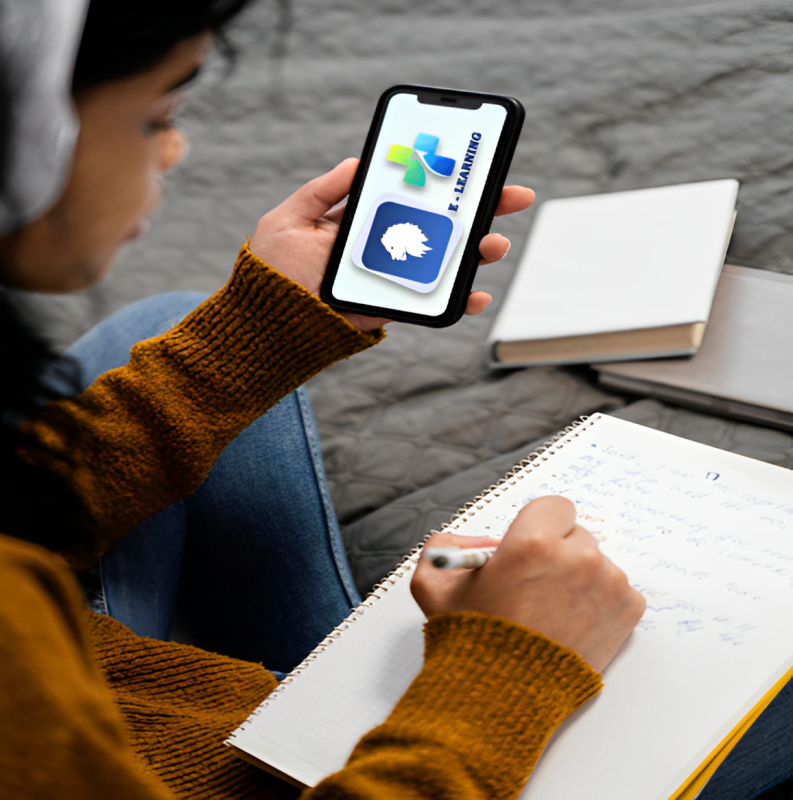APP E LEARNING
Educational applications are a great idea to complement the education of children, both inside and outside the classroom. The use of images, videos and sounds that appeal to children’s minds helps them to engage better with this type of content than with books or blackboards.
The growing popularity of mobile technology (phones and tablets) and the access to an almost unlimited Internet connection from anywhere that we enjoy today, have enabled the emergence of a new approach to e-learning (learning through Internet) known as m-learning or mobile learning. Mobile learning enables more personalized learning and, in any situation, taking advantage of the different learning contexts that our daily lives offer us.
An educational app is a multimedia program, designed to be used through electronic devices and used as a mobile learning tool.
Why is it interesting to integrate educational apps in the classroom?
The use of educational apps in the school environment has numerous advantages as we point out below:
They allow learning in any context, inside and outside the classroom. Life becomes the perfect setting for learning. The barriers of time and space are blurred.
The great popularity of mobile devices among people of all ages means that educational apps have a positive influence on student motivation.
Educational apps usually have an important playful component, since based on gamification, they integrate the typical dynamics of the game and reward to achieve learning objectives. This allows the student to learn by playing.
These educational applications also encourage great user interaction, breaking with the classic passive learning experience and allowing richer and more effective learning in which the student is also an active participant throughout the process.
As they are multimedia programs with significant graphic content made up of videos, images, audio, etc., the attractiveness for students is multiplied, favoring the maintenance of their attention.
Being always connected, access to new information and notices is done immediately.
Educational applications allow the creation of a more personalized learning environment, adapted to the specific needs of each student, promoting self-directed learning.
They favor the participation and empowerment of students, creating interesting spaces for teamwork in collaborative environments.
It allows new skills or knowledge that are being acquired to be applied at the time of acquisition. This results in more experiential learning and therefore more memorable.

